The U.S. Customs and Border Protection’s Office of Trade has a multitude of different responsibilities, many of which involve regulating the importation of raw materials and goods.
In order to ensure compliance with these regulations, importers, shippers, and other supply chain participants must navigate complex customs clearance processes. While customs clearance processes serve an important purpose, they also represent a major pain point for many businesses.
The nature of these processes can reduce supply chain efficiency, cause delivery delays, and impede business growth. Although it is not possible to circumvent these customs clearance processes, there are ways to get through them more efficiently.
What Is Customs Clearance?
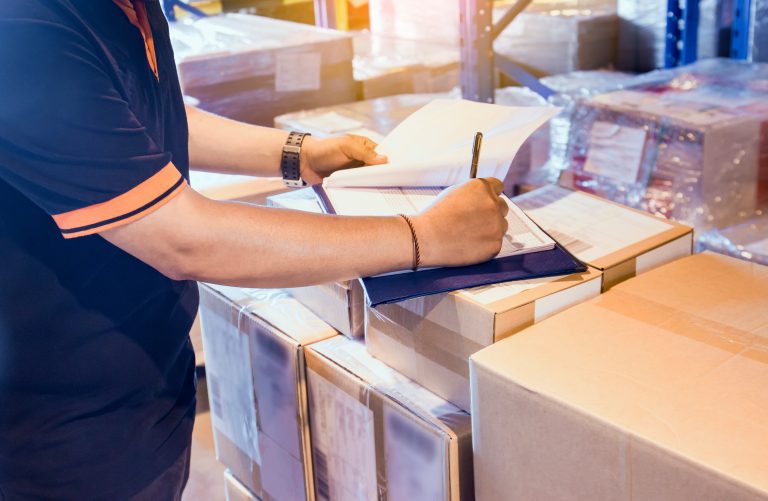
Before we shift our focus to streamlined delivery solutions like expedited air or ocean shipping, let’s take a closer look at customs clearance.
Generally speaking, the term “customs clearance” refers to the processes of obtaining government permission to either import or export goods. After a shipper, supplier, or manufacturer has completed these processes, they will be issued a customs clearance document.
The document demonstrates that the shipper has cleared customs and paid all fees, taxes, and tariffs.
As part of the customs clearance process, shippers will need to provide an export or import license. They will also need to provide customs agents with a comprehensive listing of their cargo, such as an invoice or bill of lading.
Other information that will be required includes the country of origin, proof of a transaction between the buyer and seller, and an insurance certificate.
Customs clearance is the process of obtaining permission to bring a shipment of goods across the border into a country, or to move goods from one country to another. The process involves verifying the documentation of the goods, as well as paying any applicable duties and taxes.
Here is a general overview of the customs clearance process:
The importer or exporter submits the necessary documentation to the customs authorities, including the commercial invoice, bill of lading, and any other required documents.
The customs authorities review the documentation to verify the accuracy and completeness of the information.
The customs authorities assess the applicable duties and taxes on the goods based on the applicable tariff codes and tax rates.
The importer or exporter pays the applicable duties and taxes to the customs authorities.
The customs authorities release the goods for import or export, and provide the necessary documentation to the importer or exporter.
Who Needs to Be Concerned About It?
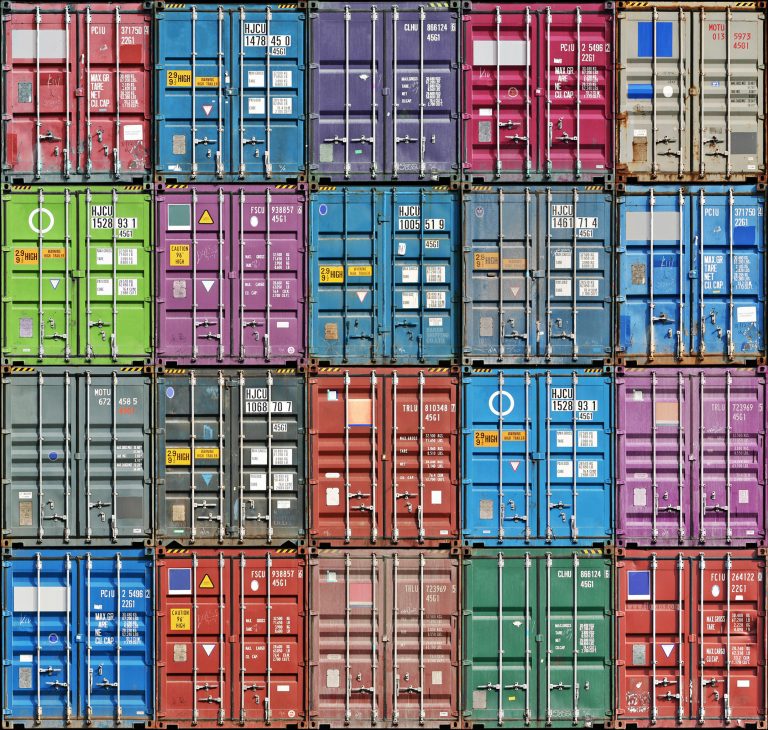
Everyone who buys, sells, ships, or manufactures goods internationally should be familiar with customs clearance processes. From the perspective of a domestic business leader, customs clearance processes can have a profound impact on supply chain efficiency.
Delays at either the port of origin or the port of entry could leave a company without the raw materials or finished products it needs to fulfill customer orders.
Customs clearance processes can be a major headache for shippers and logistics providers as well. These headaches can come from a variety of issues, including the large degree of variability between different nations’ customs regulations.
Another potential pain point for those involved in the customs clearance process is the terminology itself. There are several phrases that are very similar at face value but have distinct meanings.
These seemingly inconsequential differences can cause delays at checkpoints if items are mislabeled. A prime example of related terms that are frequently misused is “assembled in America” vs. “made in America.”
In order to avoid delays related to product mislabeling, it is critical that manufacturers and suppliers familiarize themselves with customs terminology. This familiarization will help them more easily navigate the somewhat complex importing and exporting process as well.
What Is the Customs Clearance Process?
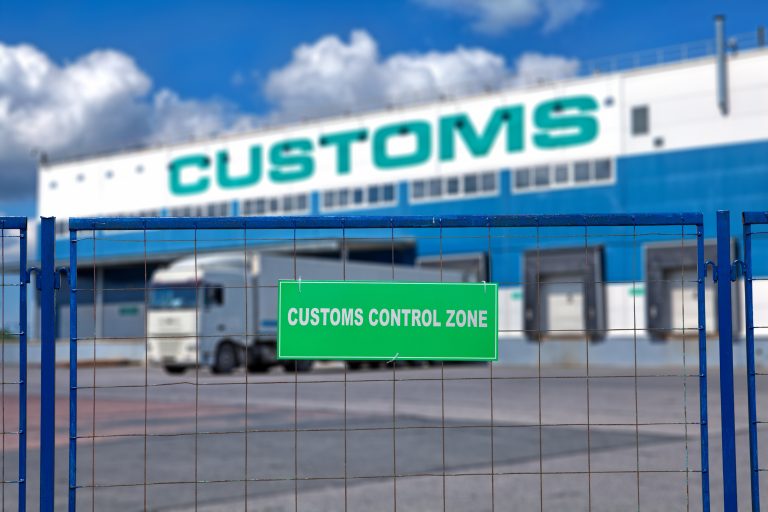
The customs clearance process can vary greatly depending on what is being imported and where it originated. However, virtually every clearance process includes at least four key steps, which are as follows:
- Inspection of documents
- Duty calculation
- Payment of tariffs, duties, and taxes
- Shipment release to the carrier
While the four aforementioned steps may seem straightforward, this is not necessarily the case.
The document inspection process is the most common source of customs clearance delays. If documents are incorrect, incomplete, or missing entirely, the shipment will not be released. Therefore, it is vital that shippers triple-check their documentation before attempting to clear customs.
How Customs Clearance Processes Impact Supply Chain Agility
Customs clearance processes are a necessary part of engaging in international trade. However, these processes can have a negative impact on supply chain agility and efficiency.
Unexpected delays during customs clearance can diminish a company’s ability to serve its clients, reduce customer satisfaction, and damage an organization’s capacity to make a profit.
When other supply chain issues compound customs clearance delays, business continuity is threatened. Under the worst circumstances, businesses might experience disruptions to cash flow, prolonged periods of inventory shortages or stock-outs, and a significant loss of customer interest.
In light of these facts, business leaders must proactively work to optimize customs clearance processes. This work is often easier said than done, given the countless variables that come into play. The good news is that there is a tried and true solution for getting through customs clearance more efficiently.
Which Countries have the Strictest Customs Clearance Process?
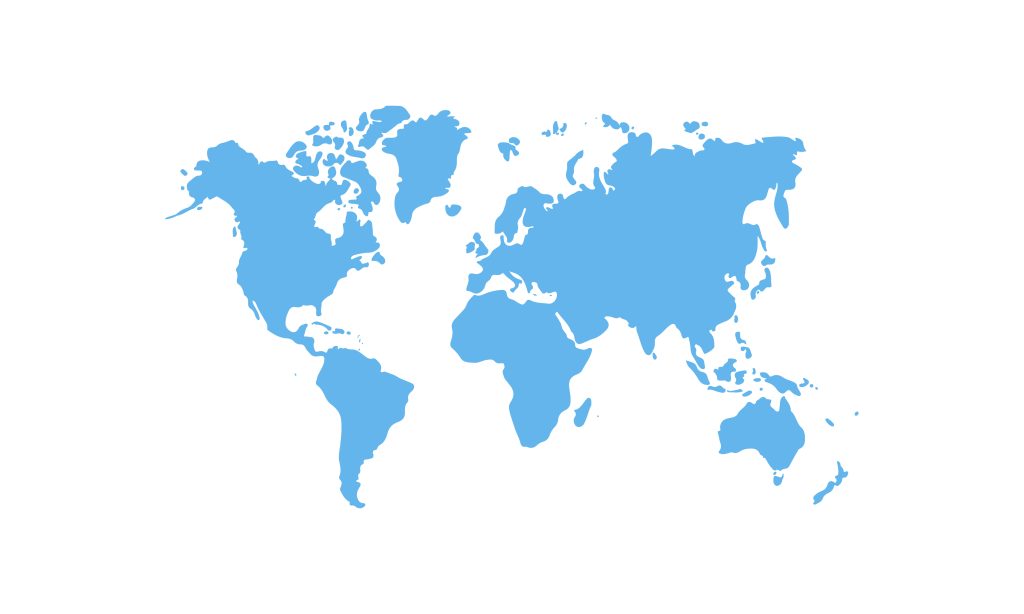
It is difficult to determine which countries have the strictest customs clearance process, as the process can vary depending on the specific goods being imported or exported and the specific regulations in place in each country. Some countries may have stricter regulations in place for certain types of goods, such as those that are restricted or controlled for security or other reasons.
In general, customs clearance processes tend to be more stringent in countries that place a high emphasis on security, such as those that have a high risk of smuggling or illegal trade. These countries may have more thorough documentation requirements and may conduct more extensive inspections of shipments to ensure compliance with their regulations.
It is also important to note that the customs clearance process can be affected by factors such as trade agreements between countries, the level of cooperation between customs authorities, and the overall efficiency of the process. Some countries may have more streamlined customs clearance processes due to these factors, while others may have more complex processes.
Tips for Streamlining Customs Clearance Processes
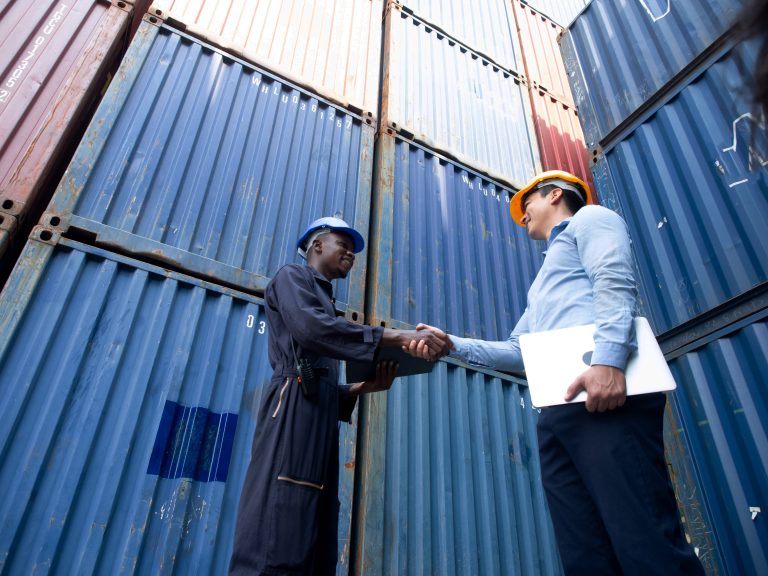
If you hope to streamline customs clearance processes and protect business continuity, then you should consider leveraging the services of a customs broker. A customs broker works on your behalf to expedite this point of supply chain friction.
Your customs broker will have industry connections, extensive knowledge of customs regulations, and access to vital resources that can help you avoid costly delivery delays.
To learn more about the benefits of using customs brokerage and third-party logistics services, connect with R2 Logistics. R2 Logistics also offers clients access to leading-edge transportation management software, which can drive business efficiency and reduce reliance on inefficient manual processes.
We can provide you with a no-obligation quote and help you capitalize on emerging trends in the global supply chain. Reach out today to learn more.
